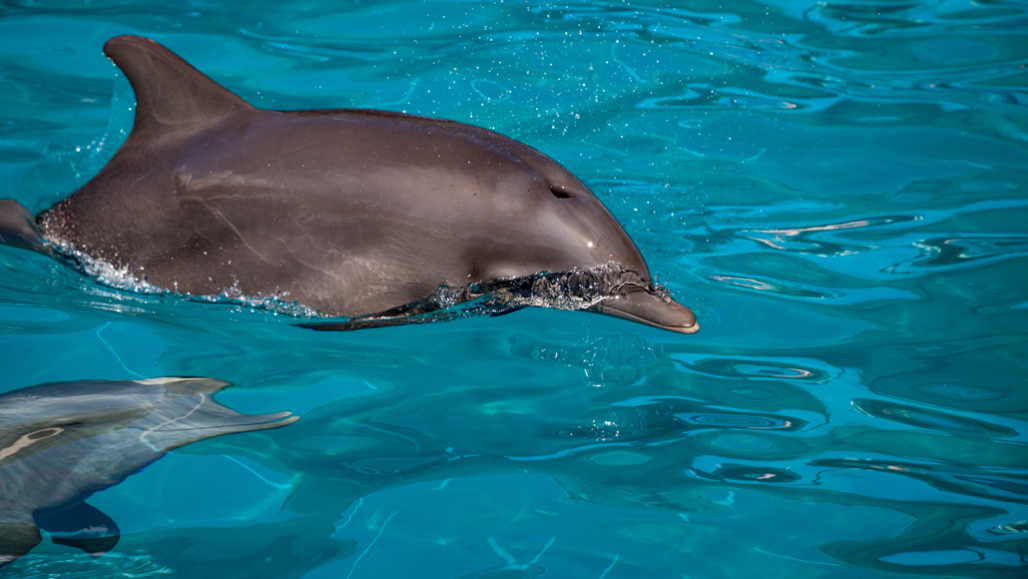Atlantic: One of the world’s five oceans, it is second in size only to the Pacific. It separates Europe and Africa to the east from North and South America to the west.
bottlenose dolphin: A common species of dolphin (Tursiops truncate), which belongs to the order Cetacea among marine mammals. These dolphins are found all over the world.
colleague: Someone who works with another; a co-worker or team member.
cortisol: Also known as hydrocortisone, this is a hormone produced by the adrenal glands. It can serve as the body’s main warning that it is under stress. It helps regulate a wide range of body functions, including how we process the energy in food, create memories and control inflammation.
data: Facts and/or statistics collected together for analysis but not necessarily organized in a way that gives them meaning. For digital information (the type stored by computers), those data typically are numbers stored in a binary code, portrayed as strings of zeros and ones.
dolphins: A highly intelligent group of marine mammals that belong to the toothed-whale family. Members of this group include orcas (killer whales), pilot whales and bottlenose dolphins.
drone: A remote-controlled, pilotless aircraft or missile.
dynamic: An adjective that signifies something is active, changing or moving. (noun) The change or range of variability seen or measured within something.
engineer: A person who uses science to solve problems. As a verb, to engineer means to design a device, material or process that will solve some problem or unmet need.
fluid dynamics: The study of liquids and gases in motion.
hormone: (in zoology and medicine) A chemical produced in a gland and then carried in the bloodstream to another part of the body. Hormones control many important body activities, such as growth. Hormones act by triggering or regulating chemical reactions in the body. (in botany) A chemical that serves as a signaling compound that tells cells of a plant when and how to develop, or when to grow old and die.
information: (as opposed to data) Facts provided or trends learned about something or someone, often as a result of studying data.
mucus: A slimy substance produced in the lungs, nose, digestive system and other parts of the body to protect against infection. Mucus is made mainly of water but also includes salt and proteins such as mucins. Some animals use mucus for other purposes, such as to move across the ground or to defend themselves against predators.
physical: (adj.) A term for things that exist in the real world, as opposed to in memories or the imagination. It can also refer to properties of materials that are due to their size and non-chemical interactions (such as when one block slams with force into another).
plume: (in biology) A single large feather. (in environmental sciences) The movement of some gas or liquid, under the direction of gravity, winds or currents. It may be in air, soil or water. It gets its name from the fact that it tends to be long and relatively thin, shaped like a large feather.
pod: (in zoology) The name given to a group of toothed whales that travel together, most of them throughout their life, as a group.
stress: (in biology) A factor — such as unusual temperatures, movements, moisture or pollution — that affects the health of a species or ecosystem. (in psychology) A mental, physical, emotional or behavioral reaction to an event or circumstance (stressor) that disturbs a person or animal’s usual state of being or places increased demands on a person or animal; psychological stress can be either positive or negative
turbulent: (n. turbulence) An adjective for the unpredictable fluctuation of a fluid (including air) in which its velocity varies irregularly instead of maintaining a steady or calm flow.
wave: A disturbance or variation that travels through space and matter in a regular, oscillating fashion.
whale: A common, but fairly imprecise, term for a class of large mammals that lives in the ocean. This group includes dolphins and porpoises.








